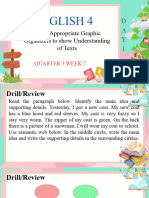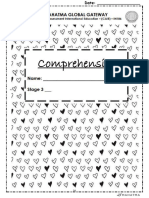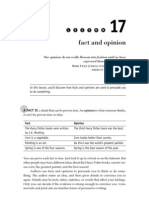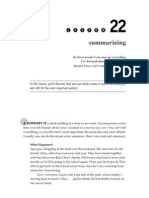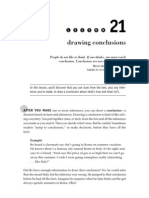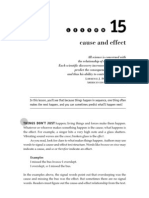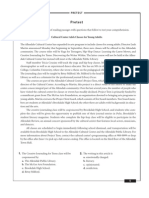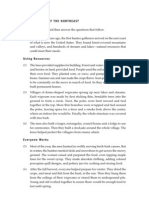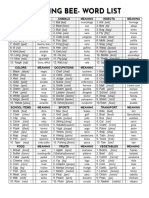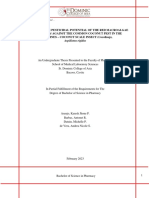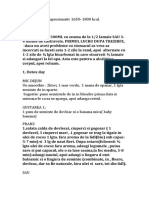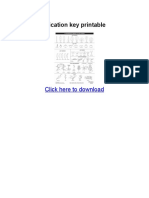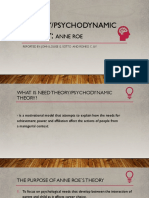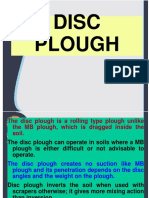L
11
text features
One writer, for instance, excels at a plan or a title-page, another works away the body of the book, and a third is a dab at an index.
OLIVER GOLDSMITH (17281774) IRISH POET AND PLAYWRIGHT
In this lesson, youll discover some ways that authors try to help you find and better understand the information they present.
TEXT FEATURES ARE special ways authors present information to help their
readers better understand the material. You might say these features are like mapsthey help you nd your way through a maze of information! Fiction selections have features, but more about them later. Right now, well concentrate on the text features you nd in nonction.
�102
variety in reading
SOME COMMON NONFICTION TEXT FEATURES boldface words bulleted list caption contents glossary heading index dark type used to emphasize important vocabulary listing of important facts set off from regular text text with a graphic that gives details about it lists each book chapter in sequence and the page on which it starts mini-dictionary at the end of a book that defines each boldface word name of a selection, chapter, or section alphabetical list at the back of a book identifying important ideas in the book and pages on which each idea is mentioned slanted italic type used for book titles, foreign words, a word as an example of a word (the word word), or for emphasis information placed beside the main text, often in a box, that expands on an idea in the text divides a selection into parts and tells what each part is about name of a whole book
italicized words
sidebar subhead title
Skim and scan books and articles for any features before you begin to read. They can help you predict what the selection is about and what you can expect to get out of reading it. Planning ahead like this as an active reader can help you not only increase your understanding of what you read, but retain the information longer.
P R AC T I C E 1 : D R E A M S
Read the selection, and then answer the questions that follow. (1) A dream is a story a sleeper watches or takes part in. Its lled with images, sounds, odors, and emotions. On waking, a sleeper may remember only what happened right before waking up. No one can recall every dream, but everyone dreams, even though some people may tell you they dont. They really do dream; they just dont remember any of their dreams!
�text features
103
L o o k i n g fo r M e a n i n g
(2) Events in dreams are imaginary, but theyre related to real experiences in the sleepers life. Sometimes dreams are realistic. If you spent the day at the beach, you might dream of the ocean that night. Other times, dreams can be symbolic. For example, a teenage girl has a dream about walking a dog. As they walk, the dog pulls faster and faster until the girl tumbles down a hill. The dream might symbolize that the dreamer is so busy with school, sports, parties, and family that she feels she has no control over her life. Its as if life (the dog) is pulling the teen too fast in too many directions!
(3)
1. Which text feature does the author use to divide the article into parts? a. glossary b. index c. subhead d. italics 2. Where would a reader look for a denition of the boldface word symbolic? a. the title b. the index c. the contents d. the glossary 3. Why is DREAMS at the top of the selection set in capital letters? a. because its the caption b. because its the heading c. because its in italics d. because its part of a bulleted list
�104
variety in reading
P R AC T I C E 2 : M OV I N G O N
Read the selection, and then answer the questions that follow. (1) Winter in some places is very cold. Snow covers the ground and ponds and lakes freeze. Many animals cant nd the food they need to survive, so they migratefrom the Latin migrans to move from one place to another. They go to warmer places where food is still accessible and stay there until spring, then migrate back home. Diverse animals migrate in diverse ways. Here are just a few.
By Air
(2) To nd warmer places, some birds y more than 3,000 miles. In spring, they y home, build nests, and lay eggs. The following autumn, the baby birds will migrate, too. Some butteries y south over 1,000 miles for the winter. As they y back home in spring, they stop along the way to lay eggs. The new butteries that hatch continue the trip north. To get where owers are still blooming, some bats migrate more than 1,000 miles across the desert. The bats feed on the nectar from the owers.
(3)
(4)
B y Wa t e r
(5) Pods of whales live off the coast of Massachusetts, a place that has cold and snowy winters. So the whales swim 3,500 miles south, to warmer water off the island of Bermuda. There they have their young, and in spring, they all swim back home. Elephant seals migrate about 21,000 miles roundtrip every year. They travel back and forth between California and Alaska, following the weather . . . and the food.
(6)
By Land
(7) Herds of bighorn sheep in Canada and the United States migrate shorter distances up and down mountains. In summer, theres plenty of grass on mountaintops, but in winter, the grounds covered with snow. So the sheep climb down the mountain where there are still shrubs and other small plants to eat, and in spring, migrate back up to the peaks.
�text features
105
(8)
Caribou that live in the Arctic migrate when the snow gets really deep. They move hundreds of miles to a place where theres less snow. Then they can sniff out, uncover, and eat the tender plants that still grow under the snow. What animals migrate from or to the area where you live? Look for movement in spring and fall. Record what you observe.
(9)
4. What is the purpose of the subhead By Land? a. to tell what the next part of the selection will be about b. to tell why whales migrate c. to put words in alphabetical order d. to introduce a sidebar 5. A reader can use the glossary to nd out a. the page on which this passage starts. b. the meaning of the boldface word nectar. c. the title of the book. d. the name of the next selection. 6. The word migrans is in italics because it a. looks pretty that way. b. is the name of a book. c. explains what a pod is. d. is a foreign word. 7. In an index, the word caribou would be a. somewhere between bats and birds. b. somewhere between butteries and elephant seals. c. somewhere between sheep and whales. d. somewhere between Bighorn sheep and butteries. 8. Which text feature did the author NOT use? a. heading b. subhead c. sidebar d. boldface type
�106
variety in reading
9. What information does the heading tell about the selection? a. that its about someone living in a large city b. that its about crops grown on American farms c. that its about animals in a zoo d. that its about someone or something moving somewhere
P R AC T I C E 3 : PA R T I A L TO P E A N U T S
Read the selection, and then answer the questions that follow. (1) When is a nut NOT a nut? When its a PEAnut! Thats right; the peaNUT is a legume, like a pea or bean, with its seeds inside a pod. Peanuts grow in many different places around the world and are called different names including: (2) ground nuts pindars goobers earth nuts
It makes sense to call them ground nuts or earth nuts, because they grow underground in well-drained, sandy soil!
Road to America
(3) More than 3,500 years ago, South American Indians in Brazil and Peru rst grew peanuts. Hundreds of years later, Spanish explorers ate some, then took some back home to plant. Later, people took peanuts from Spain to Africa, where they quickly became a staple. In the 1700s, some Africans brought peanuts to America. They ate some and planted some. Along with sandy soil, peanuts need plenty of sunshine, water, and four or ve months of warm weatherjust whats available in our southern states. So by 1800, groundnuts were growing all over the South. And today, with about 40,000 peanut farms, the United States is the worlds third-largest peanut producer.
(4)
T h e Pe a n u t M a n
(5) George Washington Carver is often called the peanut wizard because he not only helped to make peanuts big business, he found many different ways to use them. Born around 1864, Carver worked a lot with plants as he was growing up. When he grew up, he taught about farming and plants in Alabama.
�text features
107
(6)
In 1914, southern cotton crops were destroyed by insects. The farmers had no income, so Carver convinced them to plant peanuts. And he looked for ways to use every part of the peanut plant. Before long, hed made 325 different things from ground nuts, including coffee, cheese, ink, glue, face powder, soap, shampoo, mayonnaise, medicine, hand lotion, rubber, and ice cream!
ITS A FACT: Circus owner P.T. Barnum first sold peanuts to his show-goers more than 100 years ago. Soon the snack showed up at ballparks, where today vendors may sell as many as 7,000 bags in one day!
10. The author gives information about ballpark peanuts in a. the heading. b. a sidebar. c. the table of contents. d. a caption. 11. The rst subhead tells readers that the next part is about a. what you can make from peanuts. b. George Washington Carver. c. why the peanut is not a nut. d. how peanuts got to America. 12. A reader can use the glossary to nd out a. the meanings of legume and staple. b. the meanings of pod and goobers. c. the meanings of pintars and pod. d. the meanings of mayonnaise and pod. 13. The title Partial to Peanuts is a. an index. b. a heading. c. a caption. d. a subhead.
�108
variety in reading
14. How does the author use a bulleted list? a. to tell which counties grow peanuts b. to tell the names of famous peanut farmers c. to list the amounts of peanuts grown each year d. to tell some names people call peanuts













